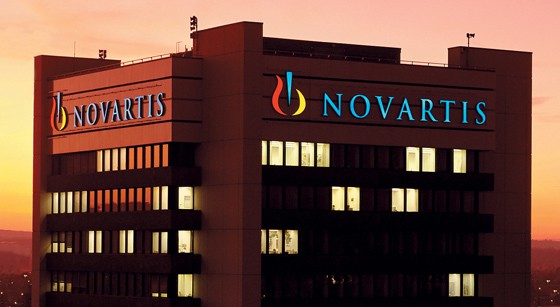
Novartis’ panobinostat has become the first histone deacetylase (HDAC) inhibitor to be approved in multiple myeloma after a positive FDA review.
The drug will be marketed as Farydak in the US and has been approved as a third-line therapy for myeloma, after earlier treatment with Takeda/Millennium’s Velcade (bortezomib) and an immuno-modulating (IMiD) agent.
Farydak is approved for use in combination with bortezomib and dexamethasone, an anti-inflammatory medication, according to the FDA, which said the drug “is particularly important because it has been shown to slow the progression of multiple myeloma.”
The verdict is particularly remarkable because an FDA advisory committee concluded last November that panobinostat’s benefits did not outweigh its risks, although Novartis had sought approval for the broader indication of relapsed myeloma.
On the basis of the panel’s conclusions Novartis submitted additional information on third-line use, which convinced the FDA of its value in that setting.
“Farydak has a new mechanism of action that distinguishes it from prior drugs approved to treat multiple myeloma,” said Richard Pazdur, head of the FDA’s Office of Hematology and Oncology Products.
The drug is thought to work by slowing the over-development of plasma cells in multiple myeloma patients or by causing the malignant cells to die.
In trials, patients treated with Farydak, Velcade and dexamethasone had a median progression-free survival (PFS) of 10.6 months, versus 5.8 months for patients who received Velcade and dexamethasone alone. Additionally, 59% of patients in the Farydak arm showed tumour shrinkage or disappearance after treatment, compared to 41% in the comparator group.
The first drug in the HDAC inhibitor class to reach the market was Merck & Co’s Zolinza (vorinostat) – approved to treat cutaneous T cell lymphoma (CTCL) in 2006 – and this was followed three years later by Celgene’s rival CTCL therapy Istodax (romidepsin).
Last year, Spectrum Pharmaceuticals became the third entrant with its non-Hodgkin’s lymphoma (NHL) therapy Beleodaq (belinostat). Meanwhile other HDAC inhibitors in mid- to late-stage clinical development – though not for myeloma – include Syndax Pharma’s etinostat, Mirati’s mocetinostat and 4SC’s resminostat.
Servier abandoned development of its abexinostat candidate last year, returning rights to the drug to its originator Pharmacyclics.
The market for multiple myeloma therapies is becoming increasingly competitive with a number of new drugs nearing or entering the market, so sales projections for Farydak are modest, particularly with its third-line label.
Novartis is however also developing the drug to treat myelodysplastic syndrome (MDS), myelofibrosis and other haematological malignancies such as acute myeloid leukaemia (AML) and NHL, as well as for melanoma and other solid tumours, which could broaden its use.




